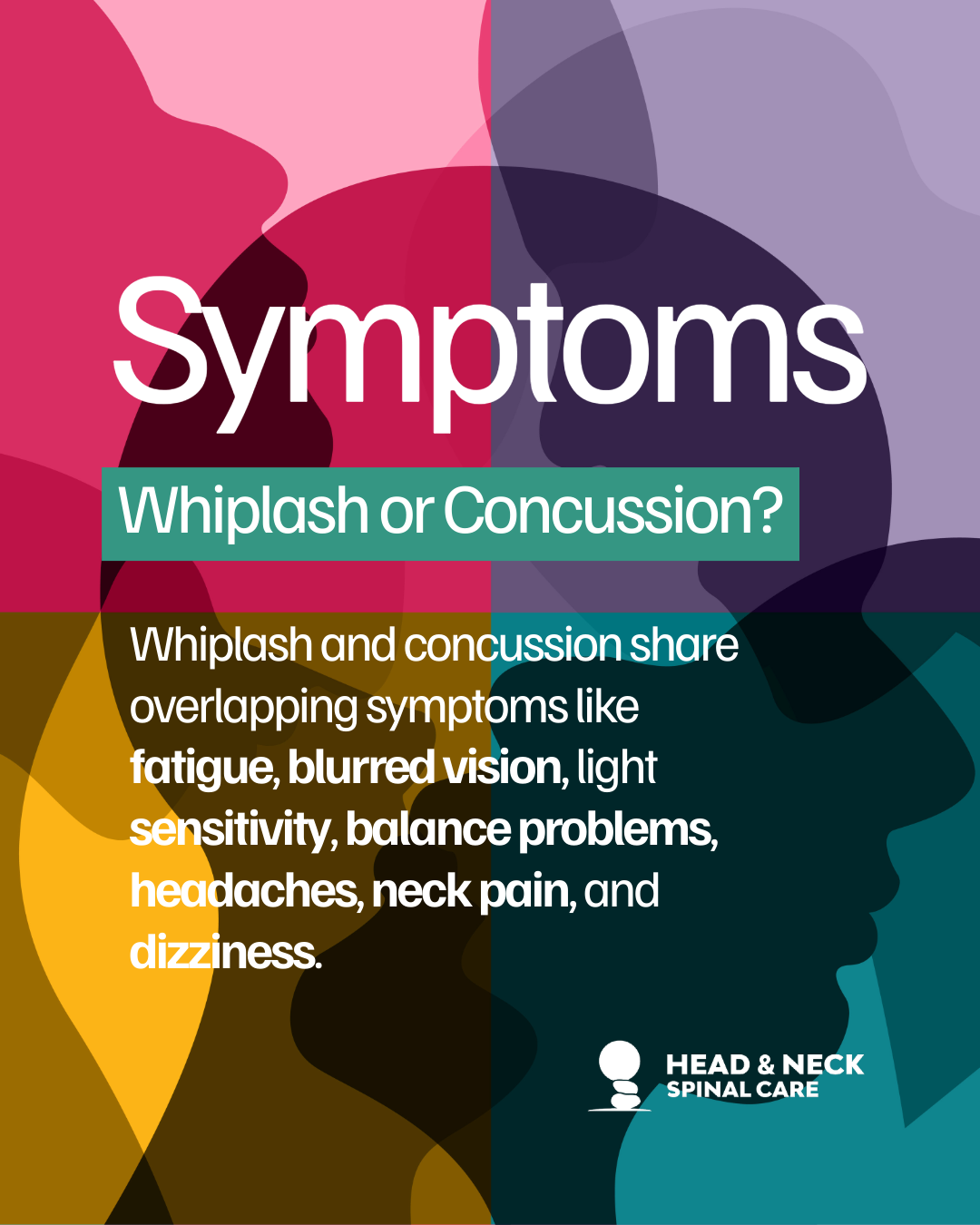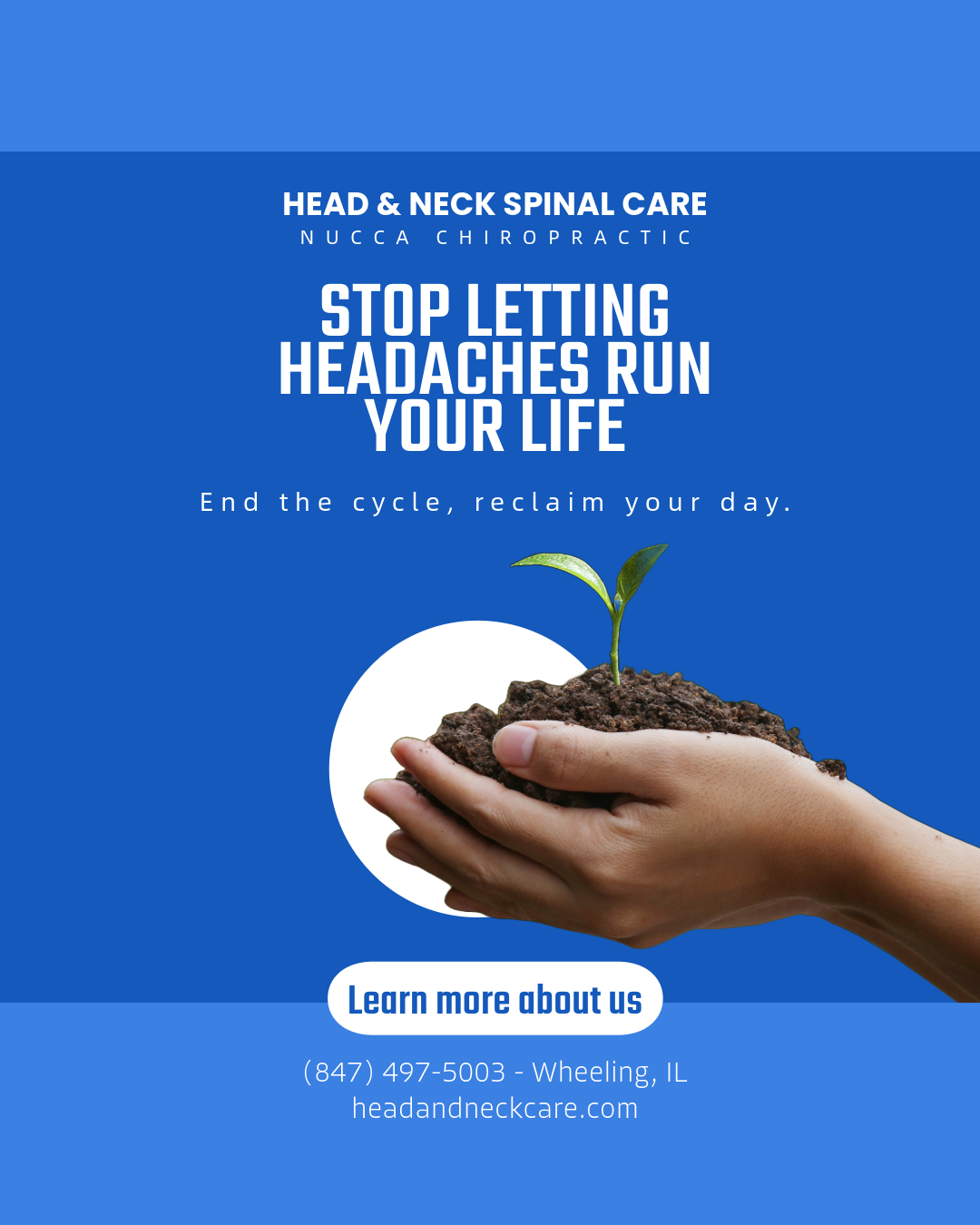
The Whipping Motion of The Neck Puts Upper Neck At Risk
When a car accident takes place, the whipping motion of the neck is nearly inevitable. Whiplash puts a lot of pressure and tension on the upper neck joints. This type of injury can cause tearing of the loose ligaments and tendons of the upper neck in very complex ways. During a car accident, the body is strapped to the car, but the head is able to fly around freely creating a whipping motion at the neck.
Because the ligaments are weaker in the upper neck joints, the whiplash injury is much more likely to misalign the upper neck than the lower neck. Unless the head and neck injury is properly evaluated, it can lead to long term upper cervical instability.
Head and Neck Misalignment’s Impact on Health and Symptoms
Have you suffered from headaches, arm discomfort, or neck pain after a minor car accident? Many people report symptoms even after a small crash, especially from rear-end impacts that often lead to upper neck injuries due to the sudden whipping motion on the neck.
During such accidents, the force transfers forward as the seat presses against your back. Your body moves upward and forward, but your head initially stays still. This sequence affects the neck curvature into an S-shape. Such a movement makes the head and upper neck bend forward and backward in the opposite direction from the lower neck. This leads to considerable stress and damage to the spine. Notably, the lower neck region, primarily the C4-C6 spine, becomes the most vulnerable point, which resulting in arm and shoulder pain.
Whipping motion resulting from a car accident involve complex mechanism of injury. Recent research indicates that even at speeds as slow as 8 mph, the risk of sprains and strains in the spine is high, even if the neck movement seems to be within its normal range of motion.
Most common symptoms related to whiplash injury are followings:
Neck Pain
Soreness and discomfort in the neck area are common whiplash symptoms. The pain or discomfort can be immediate or develop gradually.
Neck Stiffness
The neck can become stiff and tensed and restricted in its range of motion, making it difficult to move comfortably.
Headaches
Headaches often starts at the base of the skull, and it can result from the sudden movement and strain on the neck muscles.
Shoulder and Upper Back Pain
Pain or discomfort can extend to the shoulders and upper back due to the impact on the neck and spine.
Dizziness
Some people can experience dizziness or a feeling of lightheadedness, which could be due to the sudden jerking motion in the head and neck.
Fatigue
Whiplash injuries can lead to fatigue and tiredness due to the response to the trauma.
Jaw Pain
Whiplash can sometimes cause jaw pain or difficulty in jaw movement due to the impact on the neck and surrounding muscles.
Tingling or Numbness
Sensations of tingling, numbness, or even weakness in the arms or hands can occur if nerves are affected.
Visual Disturbances
Blurred vision or difficulty focusing might arise as a result of the sudden motion.
Sleep Problems
Some individuals with whiplash injuries might find it challenging to sleep comfortably due to pain and discomfort.
Memory Issues and Concentration Problems
Difficulty with memory and concentration can sometimes accompany whiplash injuries.
Upper Cervical Chiropractic in Wheeling, Illinois
The head and neck misalignment affect health and body functions, which can lead to ongoing symptoms after an injury. Headaches are one of the most common symptoms following a head and neck injury. While the majority of standard protocols focus on evaluating the soft tissues in the neck joints, many signs and symptoms are pointing directly to the nervous system involvements.
The atlas misalignment puts pressure or tension on the brainstem and spinal cord. Because there are many vital nerves and vessels that go through the atlas (C-1), the pressure on the upper neck can disrupt blood flow to and from the brain, the cerebrospinal fluid within the cranium, and nerve signals traveling to the brain.
When people experience symptoms related to car accidents, such as pain or discomfort, they may hope these symptoms will resolve over time. However, it is critical to seek further evaluation and receive proper treatment as soon as possible after the injuries occur. Doctors around the world are searching for ways to help the human body self-regulate and achieve homeostasis at its optimal condition. Chiropractic care can help correct the root cause of structural problems in the spine, which can alleviate neurological symptoms over time. At Head and Neck Spinal Care, NUCCA chiropractors can identify the root cause of health problems resulting from car accidents.




